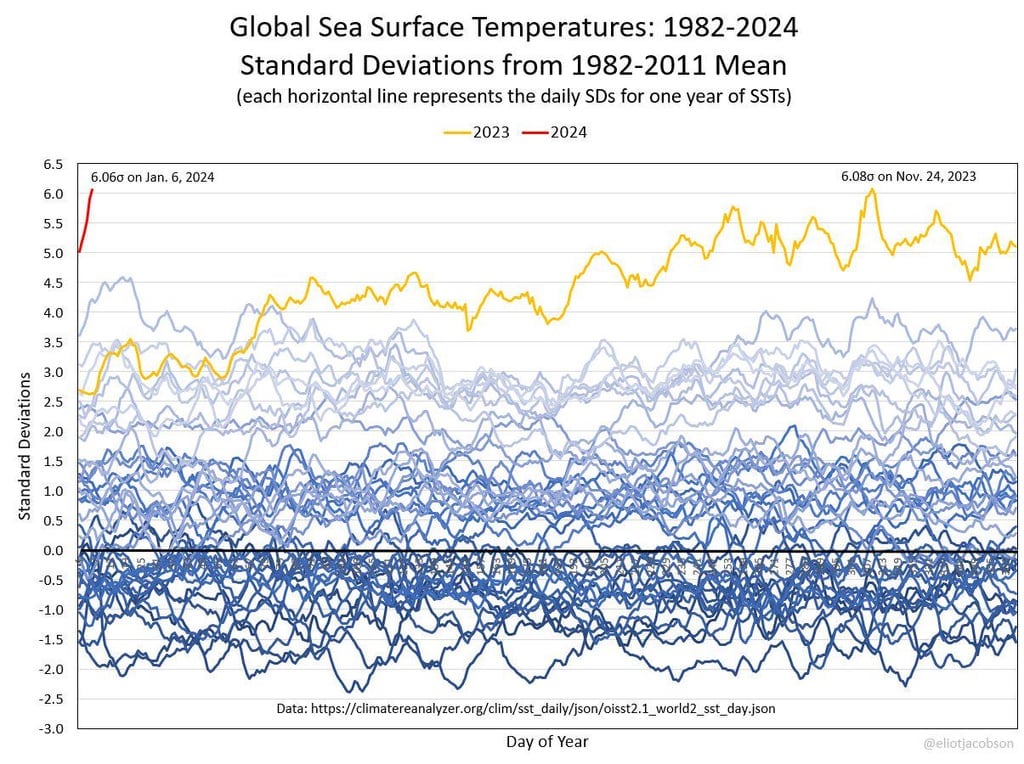World News
A community for discussing events around the World
Rules:
-
Rule 1: posts have the following requirements:
- Post news articles only
- Video links are NOT articles and will be removed.
- Title must match the article headline
- Not United States Internal News
- Recent (Past 30 Days)
- Screenshots/links to other social media sites (Twitter/X/Facebook/Youtube/reddit, etc.) are explicitly forbidden, as are link shorteners.
-
Rule 2: Do not copy the entire article into your post. The key points in 1-2 paragraphs is allowed (even encouraged!), but large segments of articles posted in the body will result in the post being removed. If you have to stop and think "Is this fair use?", it probably isn't. Archive links, especially the ones created on link submission, are absolutely allowed but those that avoid paywalls are not.
-
Rule 3: Opinions articles, or Articles based on misinformation/propaganda may be removed. Sources that have a Low or Very Low factual reporting rating or MBFC Credibility Rating may be removed.
-
Rule 4: Posts or comments that are homophobic, transphobic, racist, sexist, anti-religious, or ableist will be removed. “Ironic” prejudice is just prejudiced.
-
Posts and comments must abide by the lemmy.world terms of service UPDATED AS OF 10/19
-
Rule 5: Keep it civil. It's OK to say the subject of an article is behaving like a (pejorative, pejorative). It's NOT OK to say another USER is (pejorative). Strong language is fine, just not directed at other members. Engage in good-faith and with respect! This includes accusing another user of being a bot or paid actor. Trolling is uncivil and is grounds for removal and/or a community ban.
-
Rule 6: Memes, spam, other low effort posting, reposts, misinformation, advocating violence, off-topic, trolling, offensive, regarding the moderators or meta in content may be removed at any time.
-
Rule 7: We didn't USED to need a rule about how many posts one could make in a day, then someone posted NINETEEN articles in a single day. Not comments, FULL ARTICLES. If you're posting more than say, 10 or so, consider going outside and touching grass. We reserve the right to limit over-posting so a single user does not dominate the front page.
We ask that the users report any comment or post that violate the rules, to use critical thinking when reading, posting or commenting. Users that post off-topic spam, advocate violence, have multiple comments or posts removed, weaponize reports or violate the code of conduct will be banned.
All posts and comments will be reviewed on a case-by-case basis. This means that some content that violates the rules may be allowed, while other content that does not violate the rules may be removed. The moderators retain the right to remove any content and ban users.
Lemmy World Partners
News [email protected]
Politics [email protected]
World Politics [email protected]
Recommendations
For Firefox users, there is media bias / propaganda / fact check plugin.
https://addons.mozilla.org/en-US/firefox/addon/media-bias-fact-check/
- Consider including the article’s mediabiasfactcheck.com/ link
view the rest of the comments

How can standard deviation be negative?
It's deviations from the mean, so if the deviation were "3" for example, values of 6, 3, 0, -3 and -6 would be 2, 1, 0, -1, and -2 deviations away from the central line, respectively.
Deviation != standard deviation
Standard deviation is square root of sums of squared deviations divided by number of samples. Only complex numbers can result in negative values when squared. Negative amout of samples makes even less sense.
Deviation from mean is
x - μ, standard deviation is this abomination:The standard deviation is not negative, that data was just that many standard deviations below the mean. Think "this data point is below the mean by 0.5 standard deviations" not "the standard deviation is 0.5". They are using standard deviation as a unit rather than, say, degrees Celsius.
Then why yellow line doesn't touch time axis? Function cannot always be bigger than its own mean. If there is point above mean, than there should be at least one point below mean. I'm assuming here mean is of temerature in that year.
The chart could stand for some clarification, but it looks like the mean and standard deviation refer to statistics covering all the years from 1982 through 2011. However, it does not explicitly state the dataset over which the standard deviation is calculated, but it seems reasonable to assume that the same aggregate cited for the mean is also the same aggregate used for the standard deviation.
Each line in the graph represents a single year of data. It's kind of messy and only two of the years are actually labeled, 2023 and the partial data for 2024. So that bottom-most line represents some unspecified year that was consistently 1.5 to 2 standard deviations below the mean for the 30 year analysis.
The data is at https://climatereanalyzer.org/clim/sst_daily/json/oisst2.1_world2_sst_day.json, but alas, I'm too lazy to try to reproduce this sort of analysis to verify my guesses.
I will say it's a peculiar approach and visualization. Including a subset of the data in the mean/standard deviation and then plotting the entire data. Also impossibly jumbled line graph visualizations of most years instead of something easier. I'd imagine you could convey the point with each year consolidated to a single data point and have a much easier to follow graph.
So, a little while ago climate change deniers used the fact of fluctuations in temperature throughout the year as a basis for a false claim that climate scientists were hiding the 'real' data in the less jumbly plots you suggest the use of. (And any sensible person would see the benefits of).
Whoever produced this is likely aware of those cynical and false claims, and decided they don't want any risk the point they are making, being similarly undermined.
Thanks
It isn't, but some data are a negative multiple of standard deviation away from the mean.
Same question as in another subthread